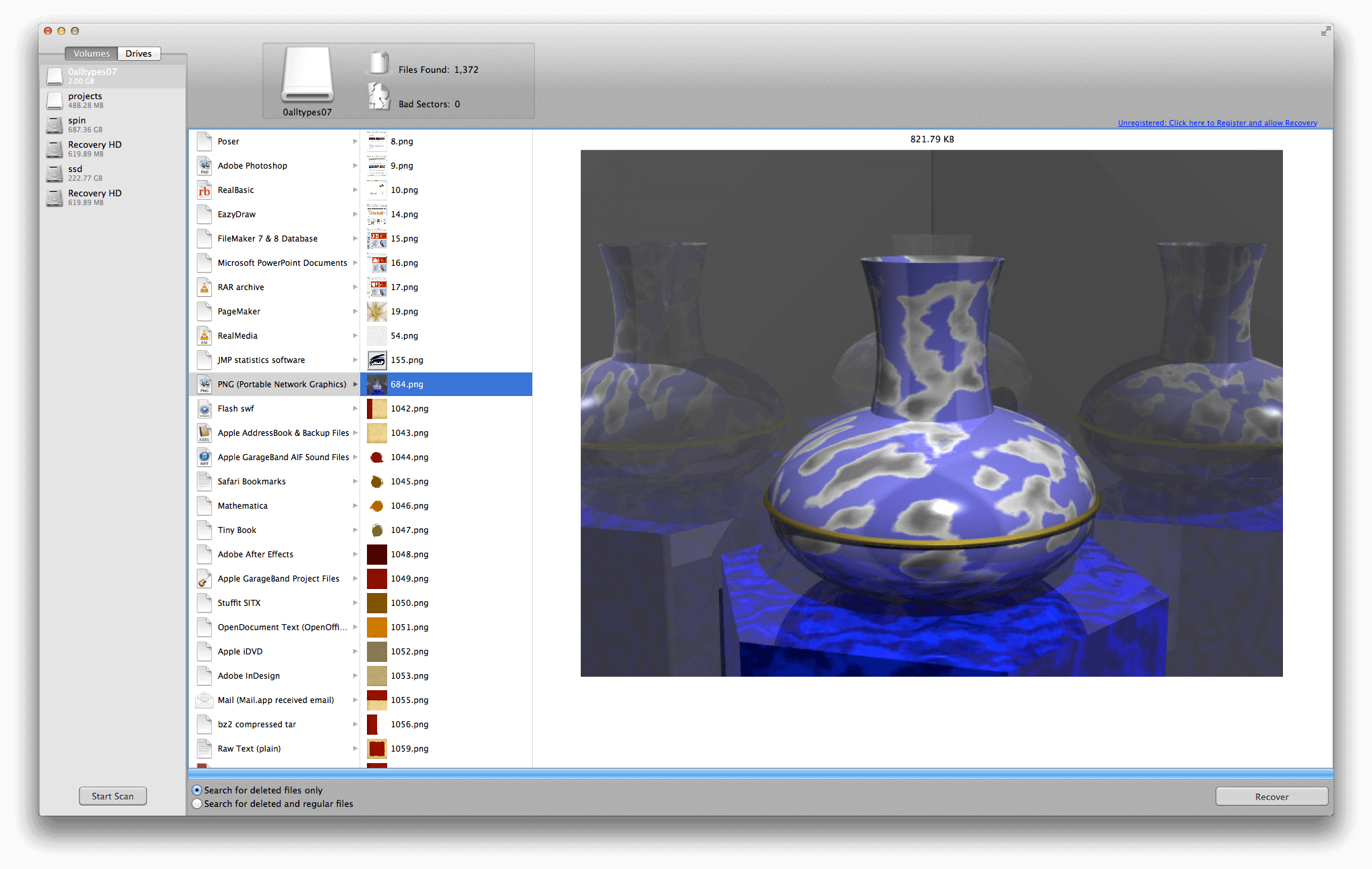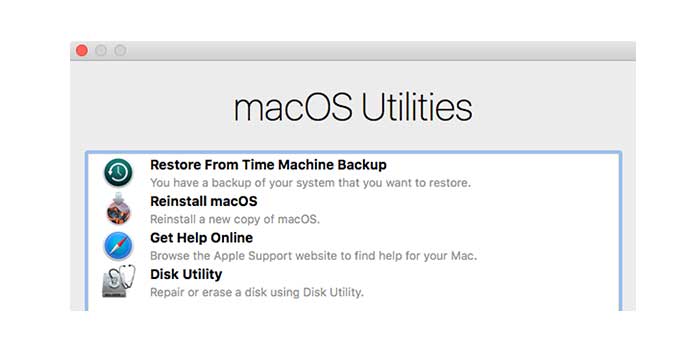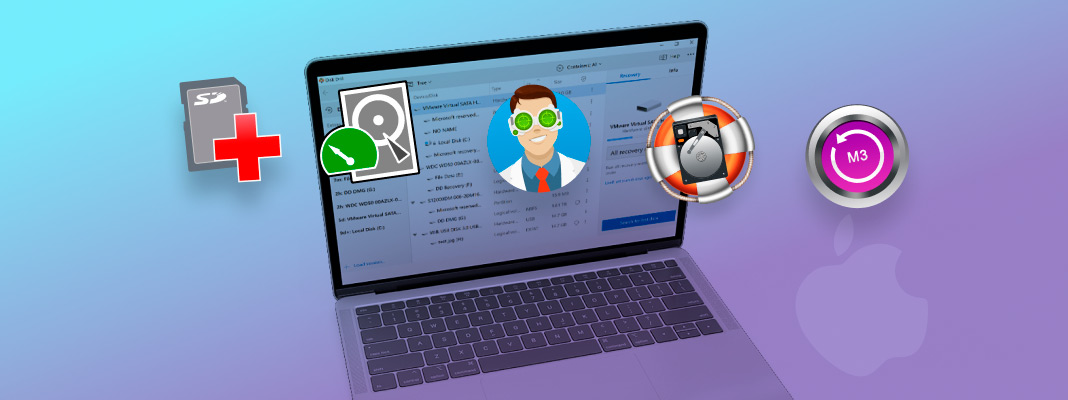
Hold Option at startup, and you can choose to boot from the new Recovery HD volume. The alternate way On any Mac, you can access recovery mode using OS X’s Startup Manager: If this procedure doesn’t work for you, try the second method.
#Osx disk recovery mac os x#
After a few seconds, you’ll see a window with Mac OS X Utilities in large text across the top.

Keep holding these keys until you see the Apple logo on the screen. The easier way On newer Macs, you can access recovery mode by simply restarting or starting up the Mac and immediately holding down Command+R. You can access recovery mode only when your Mac starts up, although there are two ways to do so: We’ll be covering this new feature in an separate article.) (Mac models released in mid-2011 or later, along with some older Macs that have received special firmware updates, include a new feature called Lion Internet Recovery that lets you reinstall Lion over the Internet even if you don’t have a Recovery HD partition, or if that partition isn’t working properly. In other words, recovery mode won’t save you from every problem, and it’s no substitute for having a reliable, regularly updated backup. Of course, because the Recovery HD partition is actually part of your Mac’s internal hard drive or SSD, if that drive is having hardware problems, or partition-map problems, the recovery partition itself may be inaccessible. However, because Recovery HD is a separate partition-and one that’s invisible even to Disk Utility-even if you were to erase your Mac’s hard drive, recovery mode would still be available at startup. Unfortunately, because the Recovery HD volume is read-only, you can’t, say, copy your favorite third-party disk utility onto it to make that utility available in recovery mode.


The idea behind recovery mode is that if you ever have problems with your Mac’s startup volume, you can boot from Recovery HD and perform some basic troubleshooting procedures without the need for an OS X installation DVD (or, in the case of early MacBook Air models, the installation thumb drive) or a separate bootable hard drive. Apple has confirmed some of these restrictions.) So not everyone will get this useful feature. In addition, that internal drive must initially have only a single partition or be a multi-partition drive that was partitioned by Boot Camp Assistant and not further modified afterwards.
#Osx disk recovery install#
In our testing, it appears this special partition is created only when you install Lion onto an internal drive formatted with a GUID partition scheme.


 0 kommentar(er)
0 kommentar(er)
